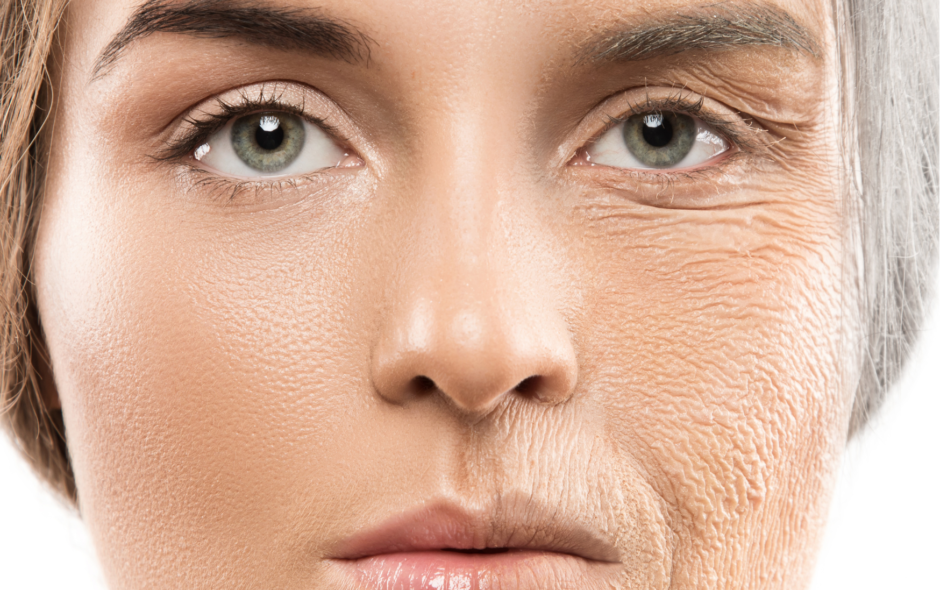Our skin naturally loses elasticity and firmness as we age, leading to sagging and wrinkles. Many people turn to facelifts to combat these signs of ageing. Still, not everyone is comfortable with the idea of surgery. So, is a nonsurgical facelift a viable alternative?
What’s the difference between a surgical and nonsurgical facelift?
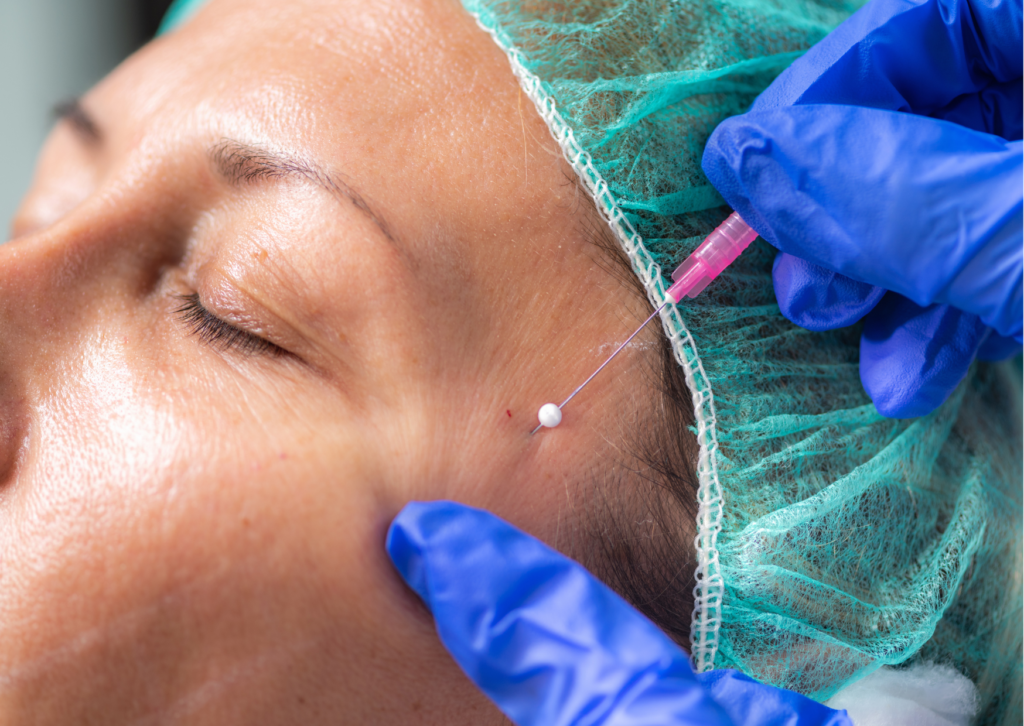
A nonsurgical and surgical facelift are two distinct approaches to facial rejuvenation with notable differences. A nonsurgical facelift typically involves using non-invasive or minimally invasive techniques, such as dermal fillers, anti-ageing treatments, or thread lifts, to address specific areas of concern and restore youthful contours. It aims to improve skin texture, reduce wrinkles, and restore volume without incisions or extensive downtime.
On the other hand, a surgical facelift is a more comprehensive procedure that involves making incisions, repositioning underlying facial tissues, and removing excess skin to achieve a more significant and long-lasting rejuvenation. It targets multiple layers of the face and neck, addressing sagging skin, jowls, and deep wrinkles. While a nonsurgical facelift provides immediate results with minimal recovery time, the effects are temporary and require ongoing maintenance. In contrast, a surgical facelift offers more dramatic and long-lasting results but involves an extensive recovery period and potential surgical risks. Ultimately, the choice between the two approaches depends on individual goals, preferences, and the extent of rejuvenation desired.
What are the different types of nonsurgical facelifts?
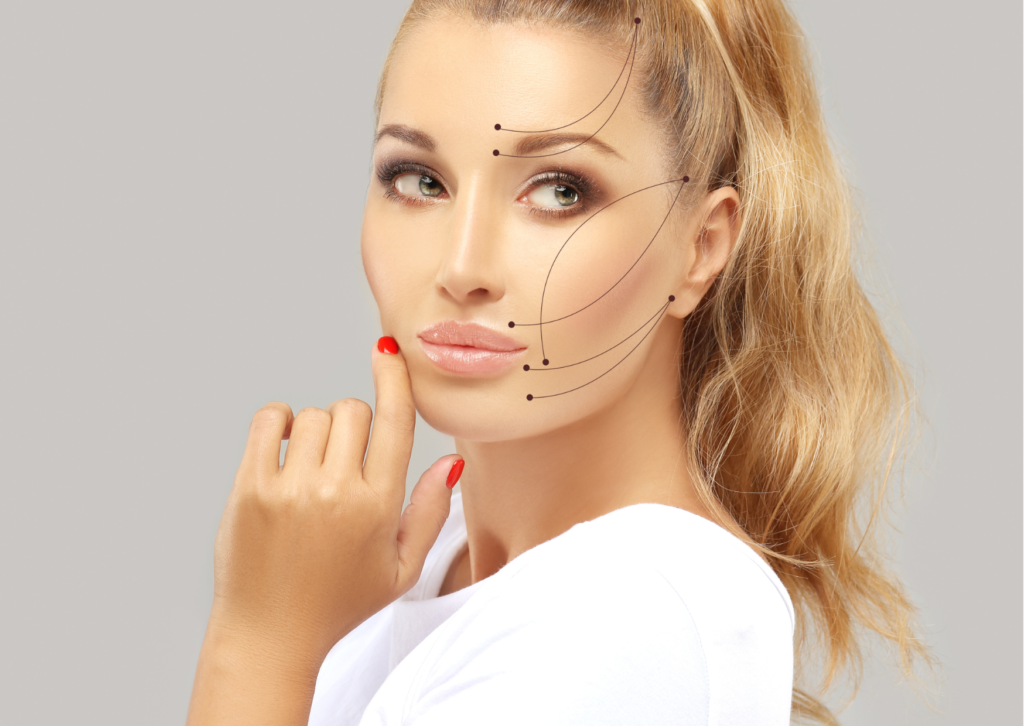
Several types of nonsurgical facelifts are available, each targeting specific concerns and utilising different techniques. Most clinicians will combine several methods to create optimal results.
- Dermal Fillers: Dermal fillers, such as hyaluronic acid-based fillers, restore volume, smooth out wrinkles, and enhance facial contours. They can address areas like the cheeks, temples, nasolabial folds, and marionette lines, providing a lifted and rejuvenated appearance.
- Botulinum Toxin: Anti-ageing treatments temporarily relax the muscles responsible for dynamic wrinkles, such as crow’s feet, forehead lines, and frown lines. This treatment helps reduce the appearance of fine lines and provides a more refreshed and youthful look.
- Thread Lifts: Thread lifts involve inserting biodegradable sutures under the skin to lift and tighten sagging tissues. These threads offer immediate lifting effects and stimulate collagen production, resulting in gradual improvements over time.
- Laser Resurfacing: Laser resurfacing treatments use high-energy lasers to improve skin texture, reduce wrinkles, and tighten loose skin. This non-invasive technique stimulates collagen production, producing smoother and more youthful-looking skin.
- Ultherapy: Ultherapy utilises ultrasound energy to stimulate collagen production and lift and tighten the skin. It targets deeper layers of the skin and can effectively treat sagging jowls, necklines, and brow lines.
- Radiofrequency Treatments: Radiofrequency treatments, such as Thermage or Venus Freeze, use heat energy to stimulate collagen production, improve skin elasticity, and tighten loose skin. These treatments can be used for facial rejuvenation and body contouring.
How long do the results of nonsurgical facelift treatments last?
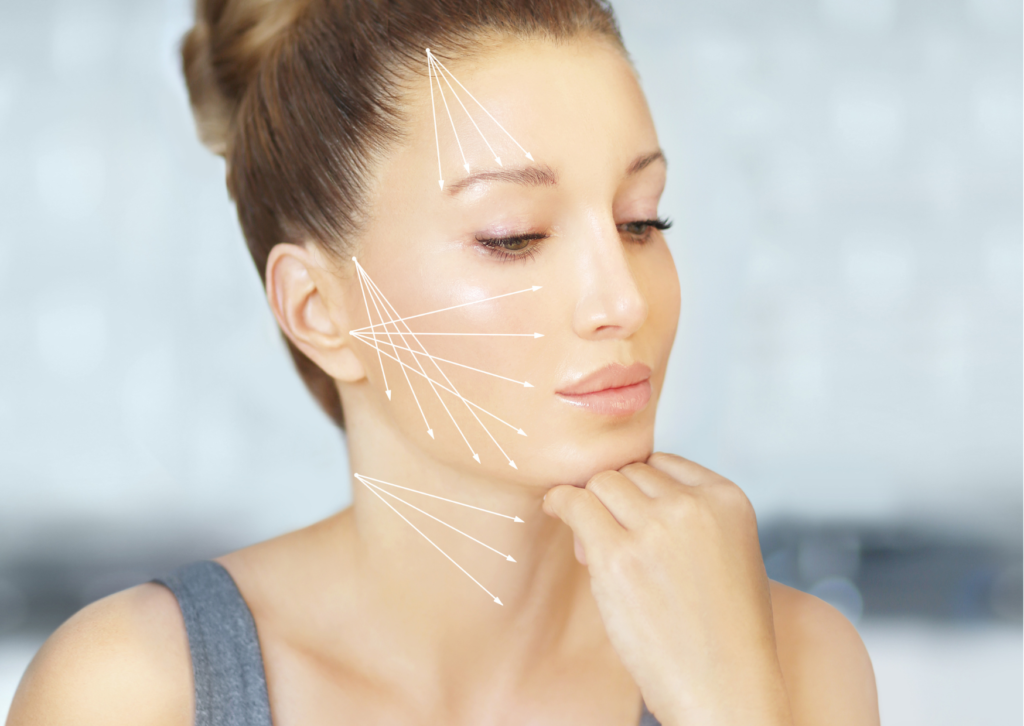
The duration of results from a nonsurgical facelift can vary depending on the specific treatment and individual factors. Generally, the effects of dermal fillers can last anywhere from several months to over a year, depending on the type of filler and the area treated. Anti-ageing treatments results typically last around three to four months. Thread lifts provide immediate lifting effects, but the longevity can vary from several months to a year.
Laser resurfacing and radiofrequency treatments stimulate collagen production. While the initial results may be seen immediately, the continued improvement can last several months as the collagen remodelling process occurs. Ultherapy results can be long-lasting, with the effects lasting up to a year or more.
It’s important to note that maintenance treatments may be required to sustain the desired results over time. By consulting with a qualified medical professional, you can better understand the expected duration of results based on the specific treatment chosen and individual factors.
How common are nonsurgical facelifts?

Nonsurgical facelifts have gained significant popularity in recent years as a non-invasive alternative to surgical facelift procedures. The demand for nonsurgical facelifts has been steadily increasing as more people seek effective and convenient options for facial rejuvenation without the risks and downtime associated with surgery.
While surgical facelifts are still commonly performed, nonsurgical facelifts have become a preferred choice for many individuals due to their minimal invasiveness, shorter recovery periods, and natural-looking results. In addition, the availability and advancement of various nonsurgical techniques and technologies have made these treatments more accessible and widely performed by qualified medical professionals.
Who isn’t a good candidate for a nonsurgical facelift?
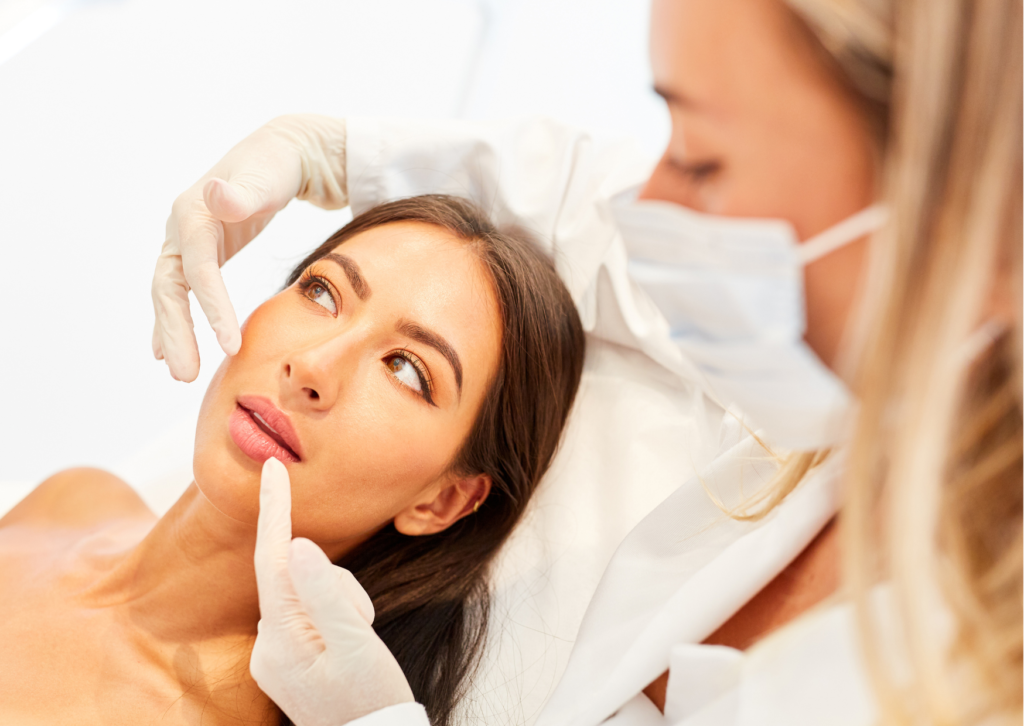
While nonsurgical facelifts are generally safe and suitable for many individuals, certain cases may not be recommended or suitable. For example, those with severe skin laxity or significant sagging may not achieve the desired results with nonsurgical treatments alone and may require a surgical facelift for more dramatic improvement.
Additionally, individuals with certain medical conditions, such as bleeding disorders or active infections, may need to avoid nonsurgical procedures until their condition is properly managed. Pregnant or breastfeeding women are generally advised to postpone any elective cosmetic procedures. It is essential to consult with a qualified medical professional who can assess your specific situation, discuss any potential risks or contraindications, and determine the most appropriate course of action for you.
How can I maintain the results and prolong the effects of my facial rejuvenation?
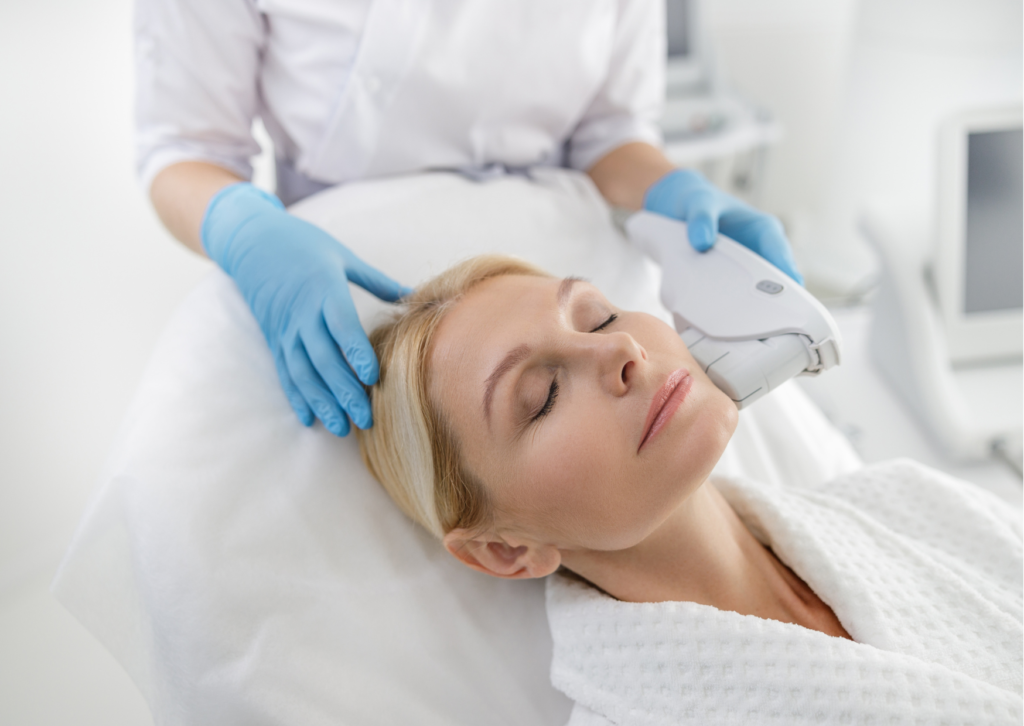
To maintain the results of a nonsurgical facelift, it’s important to incorporate good skin care practices and make healthy lifestyle choices:
- Establish a consistent skincare routine that includes cleansing, moisturising, and using products specifically designed for your skin type and concerns. Regularly exfoliate to promote cell turnover and maintain a fresh complexion.
- Protect your skin from harmful UV rays by wearing sunscreen daily and seeking shade when necessary. Maintaining a healthy lifestyle, including a balanced diet, regular exercise, and adequate hydration, can also contribute to the long-term success of your nonsurgical facelift.
- Follow any post-treatment instructions your medical professional provides and consider periodic touch-up treatments to sustain the results over time.
By combining these strategies, you can optimise and prolong the effects of your nonsurgical facelift.
In conclusion, nonsurgical facelifts offer a viable alternative to traditional surgical facelifts, providing effective results with less invasiveness and downtime. Furthermore, the various nonsurgical techniques, such as dermal fillers, thread lifts, and energy-based treatments, cater to different needs and preferences, allowing individuals to achieve a rejuvenated and more youthful appearance.
While the duration of results may vary depending on the specific procedure and individual factors, proper maintenance through skincare, sun protection, healthy lifestyle habits, and potential touch-up treatments can help prolong the benefits of a nonsurgical facelift. It is essential to consult with a qualified medical professional to determine the most suitable approach and receive personalised advice. Individuals can enjoy the transformative effects and renewed confidence without surgery by choosing a nonsurgical facelift.

